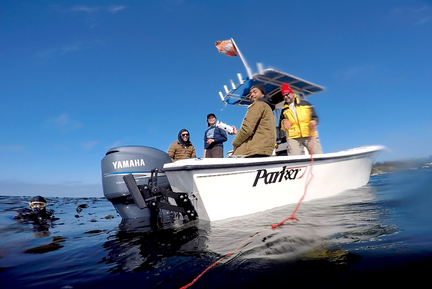 The topside view of the OpenROV crew (left), Dr. Matthew Edwards (right) and SDSU Masters candidate Billie (far left) in Stillwater Cove The topside view of the OpenROV crew (left), Dr. Matthew Edwards (right) and SDSU Masters candidate Billie (far left) in Stillwater Cove Cage it, count it, cut it. This is the mantra of many ecologists; these tried and true field methods have helped shape our understanding of the natural world. But it’s the 21st century, what if we could do better? What if we could develop tools to help us learn more, to see farther and deeper. Easier said than done; but, the art of asking questions, and seeking their answers, is rooted in innovation. As I continue to work on my thesis I am constantly learning the joys of working in geographically separated field locations. The nuances of working locally in San Diego are amplified away from the Coastal and Marine Institute community. Fortunately, I have been able to collaborate with MexCal in Baja California, which has made working south of the border an excellent partnership. When the weather aligns, so too do opportunities for collaborations. After back-to-back sampling trips in San Diego and Baja, it was time to venture back to my old stomping grounds in the Monterey Bay. With calm seas, light winds and fair weather to greet us early in the morning on June 6th, my lab mate Billie and I joined a trio of graduate students from the Moss Landing Marine Labs to conduct dive-operations in Stillwater Cove (SWC). Sheltered from the north by the Carmel Headland and Point Pinos, SWC sits within the Monterey Bay National Marine Sanctuary, and is one of the oldest and most well-studied marine environments in California. Though not quite Aleutians-cold, the brisk 48º water found its way into every corner of our wetsuits. This cold water, indicative of upwelling, helps make the kelp forests in SWC truly prolific. However, this productivity hasn’t gone unnoticed; adjacent to the vibrant kelp forests are urchin barrens extending far out across the reef. Not only is SWC a beautiful place to dive, it is also an excellent place to conduct field work for my thesis. I would wager to bet that may of my colleagues are inspired to explore the marine environment based on their experiences on SCUBA. I know I’m not excluded from this group. SCUBA diving is an excellent tool for immersing one’s self in aquatic environments, but sometimes it’s not always possible, practical, or even safe. But when the conditions align, when that one dead-calm, clear day underwater makes up for all of the surgey, silty, downright crumby days, you wish you could share what you see with the rest of the world. Enter OpenROV, a startup from Berkeley, California. Last year, Project Pegasus built a remotely operated vehicle (ROV) kit from OpenROV. Project Pegasus was a labor of love that challenged this marine ecologist in unimaginable ways. While OpenROV is still producing their DIY kits, they’ve released a new tool for exploring the underwater world. The Trident allows us to put eyes underwater, while our bodies stay dry. Not only does this allow us marine ecologists to explore without having to worry about accumulating “bottom time”, it puts the exploration of the underwater world in the hands of literally anyone. I was honored to be invited to the OpenROV facility in Berkeley between dive days in Monterey. We’ve been jumping at the chance to test out one of these new “underwater drones” since they first rolled off the production line, and I’ve got to say, piloting a Trident is like driving a sports car in comparison with the workhorse minivan that is Pegasus. To make things more exciting, we were able to partner with OpenROV for a series of Trident test flights in Stillwater Cove.
Dr. Matthew Edwards is no stranger to long and arduous sampling trips. In order to facilitate our dive day with OpenROV, Dr. Edwards trailered his boat all the way from San Diego to Monterey. Calm seas, light winds, and uncharacteristic sunshine welcomed us around Point Pinos as we headed into Stillwater Cove. Billie and I had an excellent morning of research diving while Zack, Mike, and Nicole from OpenROV and Dr. Edwards took turns “flying” a Trident around us. At the end of our sampling day Zack from OpenROV bestowed upon the Edwards Lab a very special gift; a Trident of our very own. We’re incredibly excited to use ARREE (Applied Rocky Reef Ecosystem Exploration) to explore, document, and share subtidal research around the world. Special thanks to Zack, Mike, and Nicole from OpenROV, Dr. Matthew Edwards for making the journey to and from San Diego, and Patrick Webster for hosting Billie and me for a week of diving. Watch out for upcoming dive days in San Diego and Catalina Island later this summer when we put ARREE in the hands of researchers and school groups alike! Cheers, -Baron von Urchin
0 Comments
Leave a Reply. |
AuthorPike Spector is currently a Research Operations Specialist with Channel Islands National Marine Sanctuary Archives
August 2022
Categories |
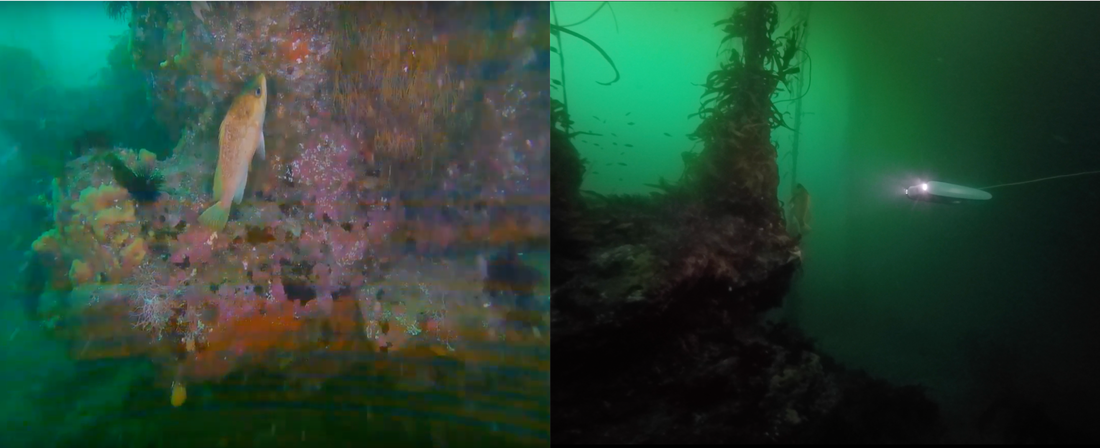
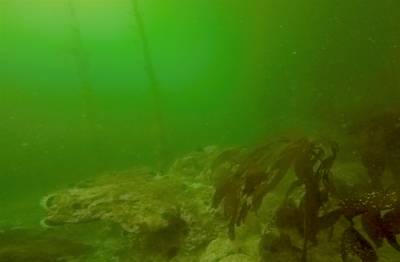
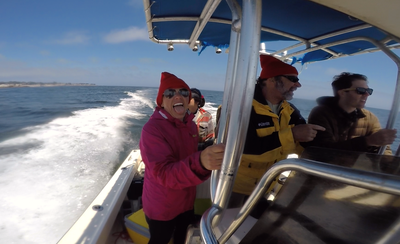

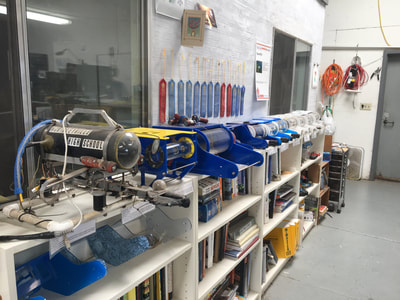

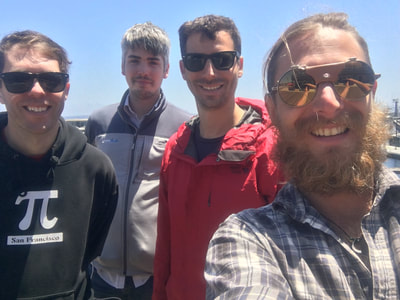
 RSS Feed
RSS Feed
